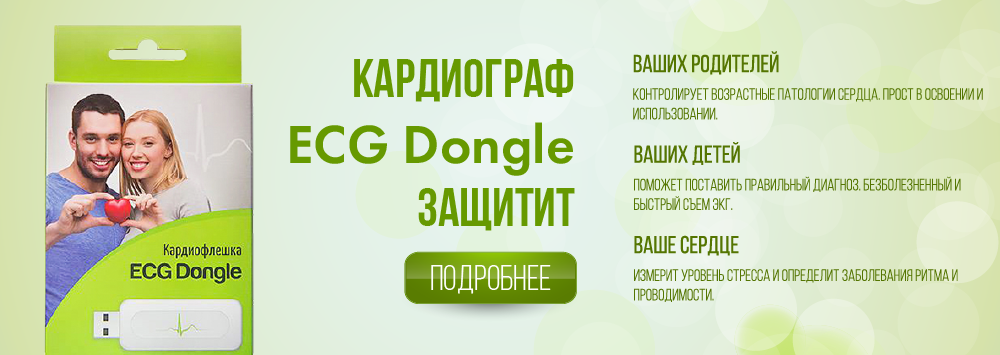Atrial cardiac pacemaker: различия между версиями
Материал из CardioWiki
Wikiadmin (обсуждение | вклад) |
Wikiadmin (обсуждение | вклад) |
||
| Строка 3: | Строка 3: | ||
In pathological conditions, the role of the pacemaker can be performed by other areas of the heart, rather than with [[rhythm driver sinus|sinus rhythm driver]]. Muscle cells of the heart generate impulses by themselves, without any external influences (automata). The sinus-atrial node suppresses all lower sections of the conducting system by more frequent pulses, but if it is damaged by the pacemaker, the atrioventricular node, which generates pulses with a frequency of 40-50 per minute, can become a rhythm driver. | In pathological conditions, the role of the pacemaker can be performed by other areas of the heart, rather than with [[rhythm driver sinus|sinus rhythm driver]]. Muscle cells of the heart generate impulses by themselves, without any external influences (automata). The sinus-atrial node suppresses all lower sections of the conducting system by more frequent pulses, but if it is damaged by the pacemaker, the atrioventricular node, which generates pulses with a frequency of 40-50 per minute, can become a rhythm driver. | ||
| + | |||
| + | This pathology can be detected using ECG Dongle [https://cardio-cloud.ru/good/1] and ECG Dongle Full [https://cardio-cloud.ru/good/2]. | ||
| + | |||
[http://dic.academic.ru/dic.nsf/ruwiki/1289692] | [http://dic.academic.ru/dic.nsf/ruwiki/1289692] | ||
Текущая версия на 10:11, 1 апреля 2021
In pathological conditions, the role of the pacemaker can be performed by other areas of the heart, rather than with sinus rhythm driver. Muscle cells of the heart generate impulses by themselves, without any external influences (automata). The sinus-atrial node suppresses all lower sections of the conducting system by more frequent pulses, but if it is damaged by the pacemaker, the atrioventricular node, which generates pulses with a frequency of 40-50 per minute, can become a rhythm driver.
This pathology can be detected using ECG Dongle [1] and ECG Dongle Full [2].
